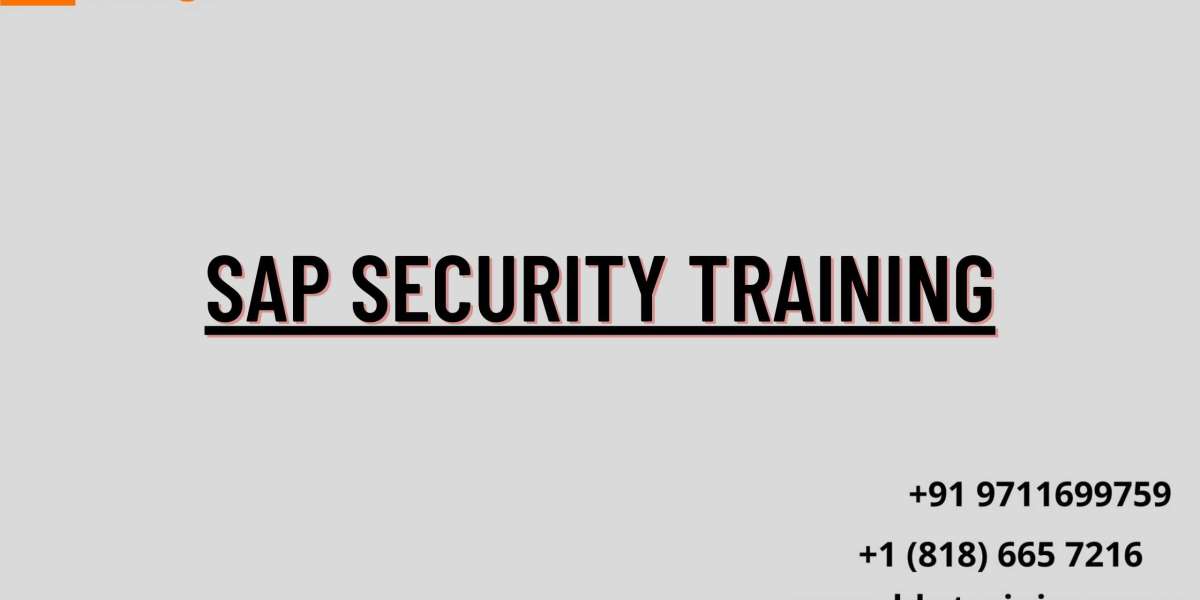SAP Security: A Comprehensive Guide to Protecting Your Business
In today's digital age, businesses are more vulnerable than ever to cyber threats. That's why it's crucial to have robust security measures in place, especially when it comes to enterprise resource planning (ERP) systems like SAP.
SAP is one of the most widely used ERP systems in the world, powering some of the largest companies across various industries. However, with great power comes great responsibility. As a business using SAP, it's important to understand SAP security and how to protect your organization from potential cyber attacks.
What is SAP Security?
SAP Security is a set of measures and protocols put in place to protect SAP systems from unauthorized access, data theft, and other security threats. It encompasses a wide range of security practices, including authentication, authorization, data protection, network security, and more.
"Enhance Your SAP Security Expertise with Comprehensive SAP Security Training"
SAP Security is critical for any business that relies on SAP to manage its operations, financial data, customer information, and other sensitive data. Without proper security measures in place, a breach in SAP can result in significant financial losses, reputational damage, and legal liabilities.
Components of SAP Security
SAP Security comprises several components, each playing a crucial role in ensuring the security of SAP systems. Here are some of the key components of SAP Security:
- Authentication and Authorization
Authentication and authorization are the first lines of defense in SAP Security. Authentication ensures that only authorized users can access the system, while authorization controls what actions each user can perform within the system.
- Role-Based Access Control (RBAC)
Role-Based Access Control (RBAC) is a method of access control that restricts user access to SAP functions based on their job responsibilities. This minimizes the risk of unauthorized access and reduces the likelihood of errors or fraud.
- Encryption
Encryption is a method of converting data into a secure code to prevent unauthorized access. SAP uses encryption to protect data both at rest and in transit.
- Audit Logging
Audit logging is a critical component of SAP Security, as it enables organizations to track user activity and detect any unauthorized access or changes to SAP data. This information can be used to investigate security incidents, comply with regulations, and improve overall security.
- Network Security
Network security is an essential component of SAP Security, as it ensures that data transmitted between SAP systems and other applications is secure. This involves securing network infrastructure, firewalls, and other devices that connect SAP systems to other networks.
Best Practices for SAP Security
While SAP Security is a complex and multifaceted topic, there are some best practices that businesses can follow to improve their SAP Security posture. Here are some essential best practices for SAP Security:
Regularly review and update user access privileges to ensure that users only have access to the SAP functions they need to perform their job responsibilities.
Implement strong password policies, such as requiring users to use complex passwords, regularly changing their passwords, and limiting the number of login attempts.
Enable two-factor authentication to add an extra layer of security to user logins.
Regularly review and update audit logs to identify potential security threats and investigate any suspicious activity.
Perform regular vulnerability assessments and penetration testing to identify and remediate potential security weaknesses.
Conclusion
SAP Security is an essential component of any business that uses SAP to manage its operations. By following best practices for SAP Security, organizations can protect their data, prevent unauthorized access, and mitigate the risks of cyber threats. With the right security measures in place, businesses can enjoy the full benefits of SAP without compromising their security or putting their customers' data at risk.
Also, you can go through this certification course for SAP GRC Trainingthat would help your carrier knowledge to find the right job!!



